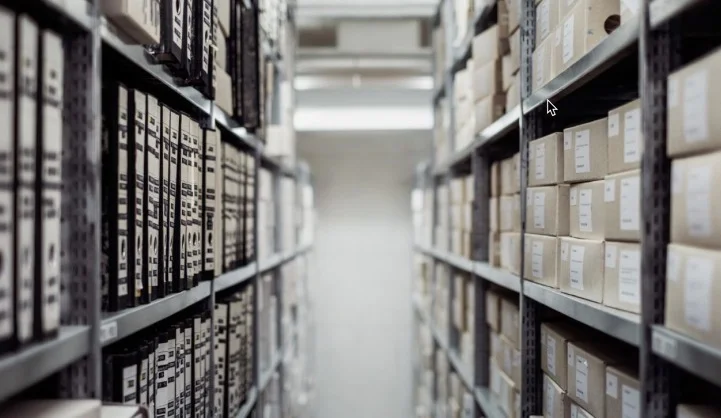Keys to thinking operationally
“A process isn’t an action, it’s a plan to take an action”
By Laura Haight
Originally published in Upstate Business Journal as the Digital Maven, Oct. 15, 2015
Despite our best efforts, things just don’t always run perfectly. Sometimes, the failures are outside of our control; others, sadly, can be slapped squarely on our shoulders.
However you got there, how you tackle the problem often depends on whether you are a linear or operational thinker.
While linear thinkers have to figure out how to fix the problem so everything works as it was supposed to, operational thinkers focus on how to get past the problem and reach the goal.
Medical researchers = Linear thinkers. Emergency room docs = Operational thinkers.
Coming out of the newspaper industry, I learned early on the criticality of operational thinking. Bottom line: You never know what will happen; you’d better always have a backup.
The type of backup you need -- a person, a system, a larger plan-- will depend on the situation, but there are some planning keys to make sure your backup will be effective when you need it.
Don’t make assumptions
We are quick to do this, especially with mobile technology. “Naturally, I will be able to reach Bob on the weekend if there’s an emergency.” “Of course, we’ve got home phone numbers for all the directors and department heads.” If there are people you might need in an emergency, make sure you have multiple ways to reach them via landlines at their home or weekend retreats. Cell phones are a tremendous convenience but they can be inconsistent - especially during situations when networks are flooded with calls. You’ll need a backup to that backup. And refresh the information each year. People move, you know.
Ensure key data is accessible
Often a trusted department head is the keeper of his department’s external contacts. If you need to talk to Duke Power, you don’t go rummaging around for their number. You call Marsha because she manages the vendor relationship. That works great, until Marsha is in Aruba when the hurricane hits. Make sure key contacts, internal and external (on certain days, the most important person on your team might be the payroll cleark), are accessible to everyone on the management team and everyone knows how to access them -- from home if necessary.
Trust but verify
“We have a process for that.” Written processes and procedures are a great first step. But a process isn’t an action, it’s a plan to take an action. Make sure the processes are being followed and successfully completed. We’ve come to rely on technology to automate procedures, but a major component of that process needs to be verification and confirmation. Yes, that’s often manual. But it’s worth it to make sure what you think is working, really is. (Trust me, there’s nothing worse than finding out you have offsite containers full of successfully completed, but blank, backups!).
Take stronger precautions when things are outside your control
Most of us have had the experience of going to give a talk or a demo, painstakingly preparing our presentation, only to have some problem arise that interrupts or trashes your show. If you are a technology provider, I know you know what I mean. As a purchaser of large systems for 25 years, I’ve never seen a clean, totally working system demo outside of a firm’s headquarters. If you need wireless, invest in portable Mi-Fi. You probably won’t need it but it’s better than spending 20 minutes while the client’s IT department sets you up with a guest account or tries to find an ethernet drop in the ceiling for you. Planning on doing a live connection to your presentation? Make sure you have something on a USB that you can run in case the external server is inaccessible. As a last resort, bring hard copy printouts to handout or deliver from. No one has to know you have them unless you need them but it is better to keep going and keep talking to your audience and giving them information than to stop, be flustered, try to fix it, apologize and delay.
Try to break things
We are hard-wired to want to see things work. But the way to know what our vulnerabilities are is to attempt to break things, to imagine what would happen IF … As soon as we say “that would never happen”, that’s when the unthinkable occurs.
If you’re thinking this all sounds a lot like disaster planning, you are spot on. Hopefully, the biggest disaster you’ll ever face will be a presentation that doesn’t run or the power goes out during a key deadline. But two weeks ago, South Carolina took a big hit from Hurricane Joaquin. Those of us lucky enough to be breathing a sigh of relief should also be asking, “What would have happened IF…”
Need help building your plan? Laura Haight is the president of Portfolio, a communications company that helps small business make the most of the fusion of emerging technology and communication.
Photo credit: http://www.123rf.com/profile_ismagilov











